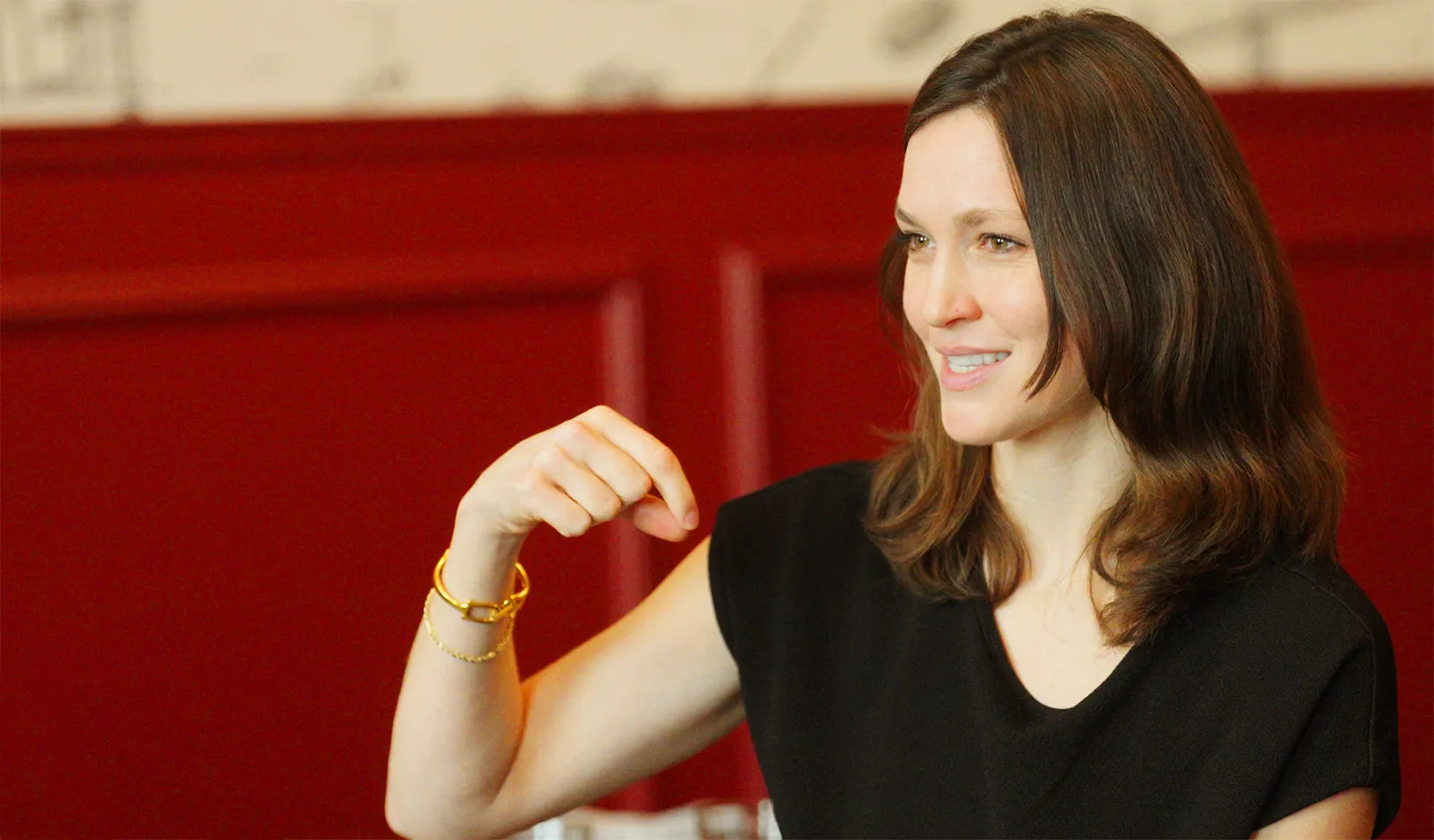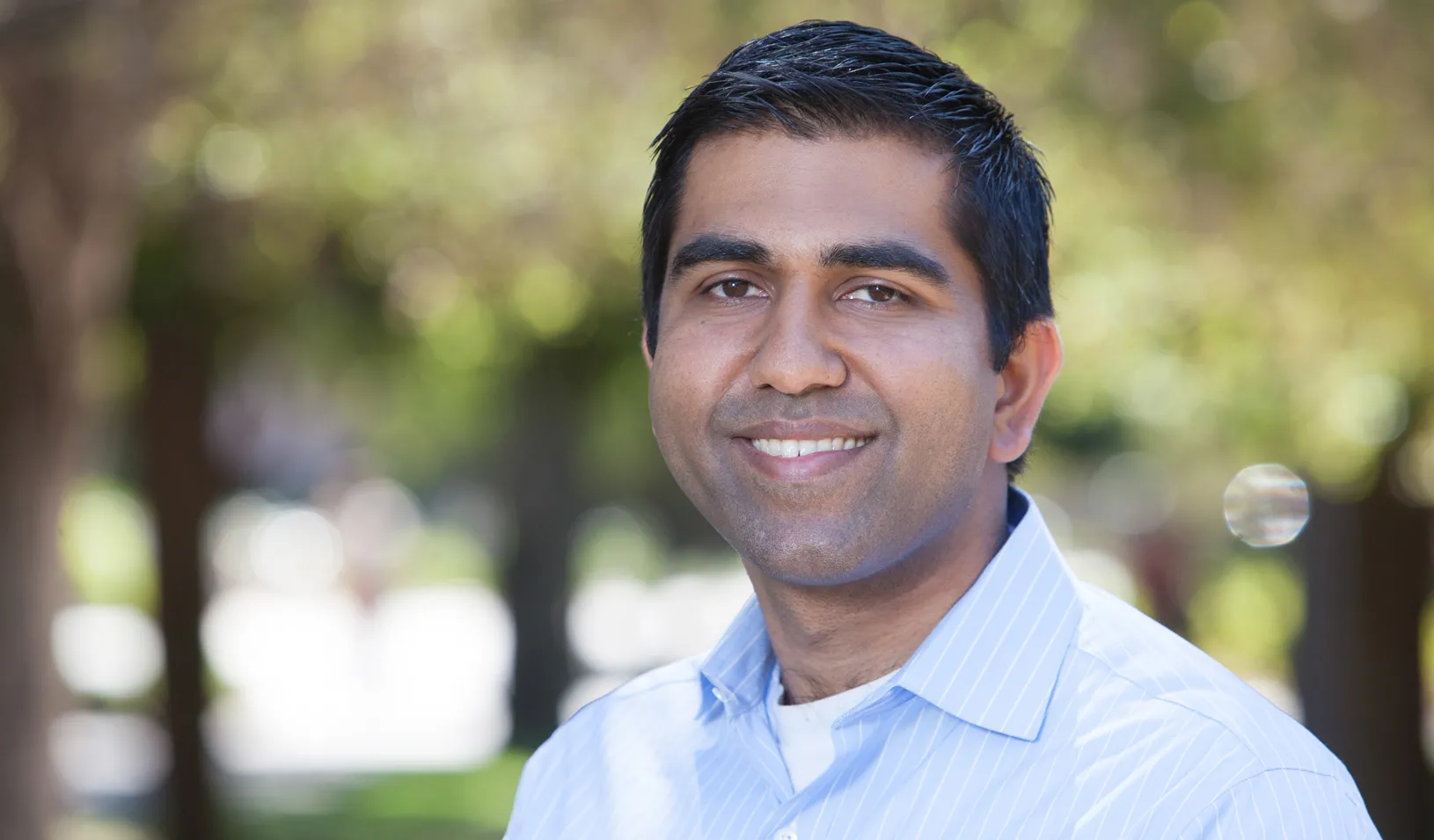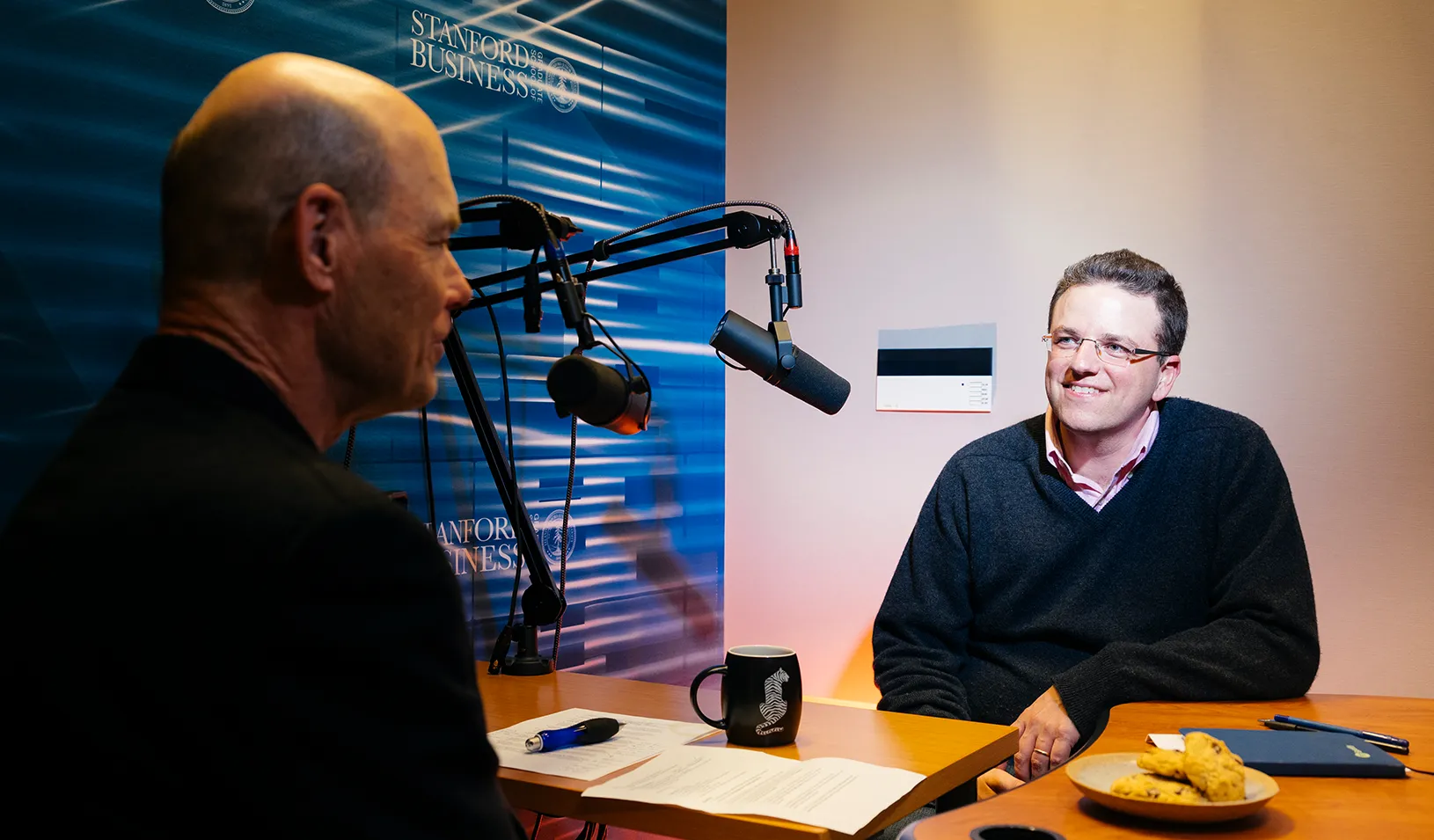John Foye, MBA ’22: How This Ag-tech Startup Helps Ranchers Grow Trees
Stanford Impact Founder Fellow is helping livestock farmers use pastureland for carbon offsets.
July 29, 2022

Stanford Impact Fellow John Foye | Elena Zhukova
John Foye remembers what sparked his passion for finding solutions to climate change. Backpacking in Utah’s Uinta Mountains with high school friends one day, they came across a patch of forest that had been clear-cut. While deforestation was not a problem in Utah, the sight of an area almost entirely stripped of trees left a profound mark on Foye, MBA ’22/MS E-IPER.
It led him to start a student solar club and found an energy technology startup, Invisergy, before he had even finished his undergraduate degree at the University of Pennsylvania.
Trees remain at the heart of Foye’s work. His new venture, Working Trees, helps U.S. ranchers plant trees across the land on which their livestock graze, something known as silvopasture. Because trees remove carbon from the atmosphere by turning it into biomass through photosynthesis, they can generate carbon credits, which farmers then sell to companies that need to buy offsets to meet their climate commitments.
“The potential climate impact of silvopasture is as large as rooftop solar,” says Foye, who is a recipient of the Climate Solutions Prize, an award given by the GSB to the most promising climate ventures. “That’s because livestock is everywhere — raising animals is the largest use of habitable land in the world.”
Two other experiences informed Foye’s approach to impact. While he was working as a McKinsey consultant, Foye went to an island in the South Pacific for a client project at a geothermal power station. Part of the work involved expanding energy access to local communities, enabling students to study at night and small businesses to remain open for longer. “For the client, funding the energy access was a rounding error,” he says. “But it was eye-opening for me to see what the first kilowatt hour does for a family, a business, and a mini-economy.”
Later, working in Africa for Fenix International, which was developing a business in affordable home solar systems and financial services for low-income communities, Foye again saw how access to clean, reliable energy improved lives and increased economic activity.
Today, Foye and his Working Trees co-founder, Aakash Ahamed, a PhD candidate in geophysics at Stanford, are focused on the intersection of climate and social impact. Working Trees helps farmers economically through a carbon-trading solution that addresses climate change by creating a financial incentive to plant trees on pastureland.
Working Trees is currently based in the U.S., but Foye says his time at Fenix taught him that the challenges facing American farmers are not so different from those in African countries. “They have super different contexts, scales, and languages,” he says. “But farmers everywhere tend to be most exposed to the impacts of climate change, have more volatile incomes, and are therefore less resilient to the changes we’re seeing.”
The Problem
Like their African counterparts, U.S. livestock farmers often struggle to make money. This leads many to seek alternative sources of income, whether by taking an off-farm job, renting out farmland, or selling agricultural real estate. Recently, some have been eyeing the growing market for carbon offsets, with credits that are generated by activities such as growing trees, which remove carbon from the atmosphere.
The buyers are companies and other organizations that, with increasingly ambitious targets for emissions reduction, are looking for ways to reach net-zero emissions. Purchasing carbon credits is one solution since each credit — a tonne of carbon saved or removed from somewhere else — can be counted as part of the purchasing company’s emissions reduction.
But rapidly expanding carbon markets, with demand greatly outstripping supply, is generating its own problem, says Foye. With few standards in place, companies face the reputational risk of buying offsets whose carbon reduction impact is either negligible, less than claimed or unverifiable. “The biggest fear for buyers is that they will be called out for greenwashing,” he explains.
Yet for farmers, verifying the credibility of tree-based carbon offsets is expensive. “You need crews with boots on the ground going out with a tape measure,” says Foye. “Then a third-party auditor goes out again to make sure the first party isn’t lying. So you have very real barriers.”
This mismatch between demand and supply in carbon markets is something Foye and Ahamed want to fix, enabling ranchers to increase their revenue and companies to find a credible solution to help meet their climate goals.
The Novel Idea
Even without the promise of revenue from carbon credits, silvopasture offers livestock farmers many benefits. First, trees provide shade. Without it, during the summer months, cattle may go into heat stress, which changes their hormones and slows their growth. “There’s remarkable evidence that natural shade at a moderate level increases daily weight gain for cows — in some cases up to 60%,” says Foye.
Secondly, trees provide a supplementary source of livestock feed. “The largest expense for livestock producers is buying hay for the months when you don’t have natural production,” says Foye. “You can choose tree species to displace the feed for those months when you’d be buying hay.”
In addition, trees improve soil health, increase biodiversity by creating habitats for wildlife, and sequester 10 times as much carbon as land with no trees on it.
The trouble is that silvopasture requires an upfront investment and trees take a long time to grow. Revenue from selling carbon offsets could smooth the cash-flow gap but the cost of verification remains too high for many farmers, particularly those with smaller holdings.
This is where technology comes in. Using the Working Trees app, farmers can take a picture of the trees using their smartphones and send it to the company’s database. Combined with satellite imagery, this creates a fully auditable record. While third-party verification remains necessary (Working Trees currently is registering under Verra, the leading standards developer for carbon markets), the accuracy of photographic and satellite imagery means auditors do not have to visit farms in person.
In the second key element of the model, Working Trees acts as a go-between, connecting farmers generating carbon credits with potential buyers by developing relationships with companies and other organizations seeking to buy offsets.
Foye compares the model with the financing contracts that enabled rooftop solar installation to scale up a decade ago. “Financial engineering is what allowed rooftop solar to be deployed,” he says. “Because individual homeowners didn’t have to bear the financial risk and uncertainty.”
The Innovator
Growing up in Utah in a nature-loving family who spent plenty of time skiing and camping, Foye once thought he might end up in the outdoor gear business. But his first glimpse of forest clearance — in a place he knew and loved — led him to start exploring the implications of global deforestation.
“Given where things were with climate, that got me into energy,” he says. “Energy is by far the largest emissions driver and renewables were just getting started.”
Armed with consulting experience in the global energy industry and an understanding of the energy challenges facing low-income communities in Africa, Foye returned to the U.S. “My wife got into her dream program, a JD-MPP, at Berkeley,” he explains. “She’d been an amazingly supportive partner during our time in Uganda and Zambia. It was my turn to return the favor.”
Foye enrolled in Stanford’s Emmet Interdisciplinary Program in Environment and Resources (E-IPER), pursuing a joint master’s in environment and resources from the School of Earth, Energy & Environmental Sciences and an MBA from Stanford GSB.
“I knew I wanted to start something,” he says. “And I am personally motivated by the intersection of climate and something with shorter-term human impact — that’s what gives me my day-to-day motivation.”
At Stanford, Foye met Ahamed and started developing the idea for Working Trees. The team is certainly ambitious. “We’re starting in the U.S. because it’s crucial to be close to the market you’re building for,” says Foye. But he sees this as a business that could go global. “Farmers and ranchers manage most of the land on earth, so if we’re going to make it work at scale, we have to make it work for them.”
For media inquiries, visit the Newsroom.
Explore More
Changemakers: Teaching Young People a Recipe for Success in the Restaurant Industry

Stanford GSB Professor Neil Malhotra Named Carnegie Fellow

Stanford GSB Researchers Discuss the Ideas They’re Most Excited About
